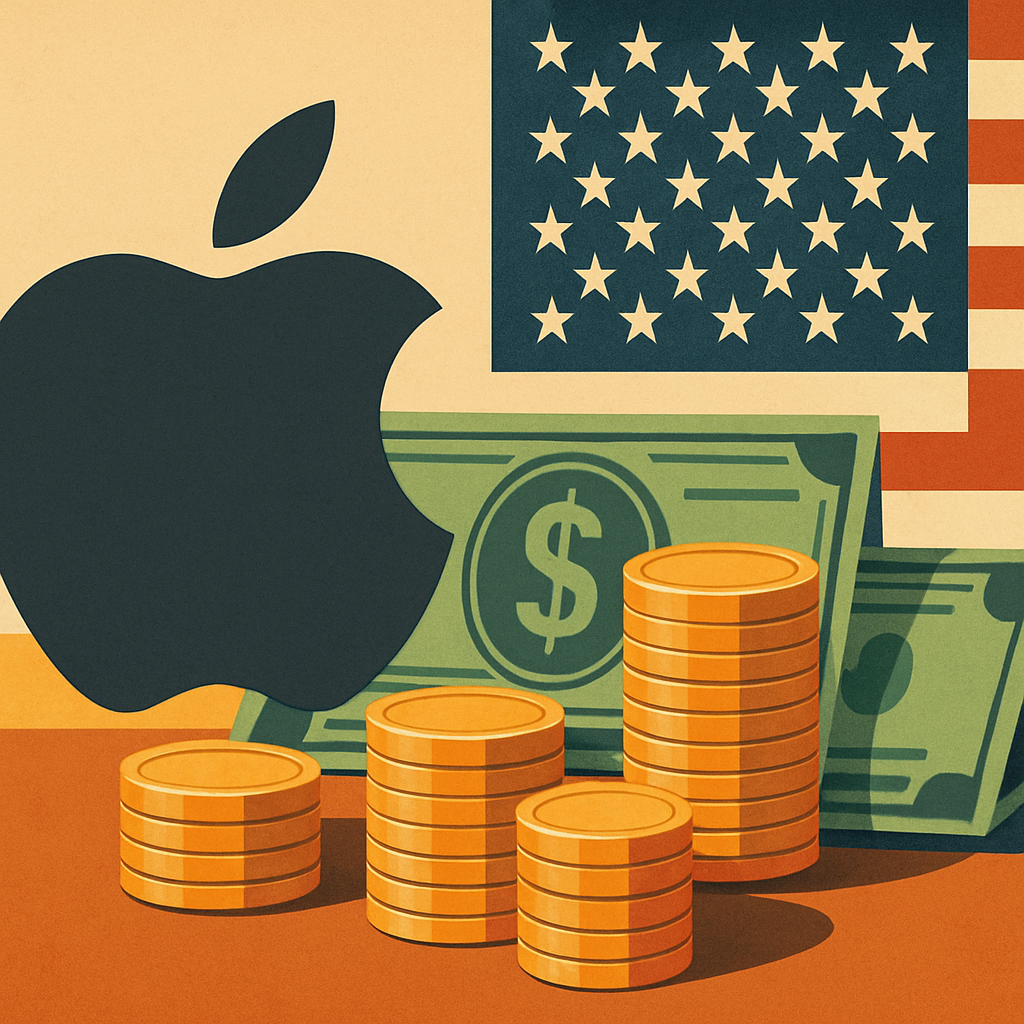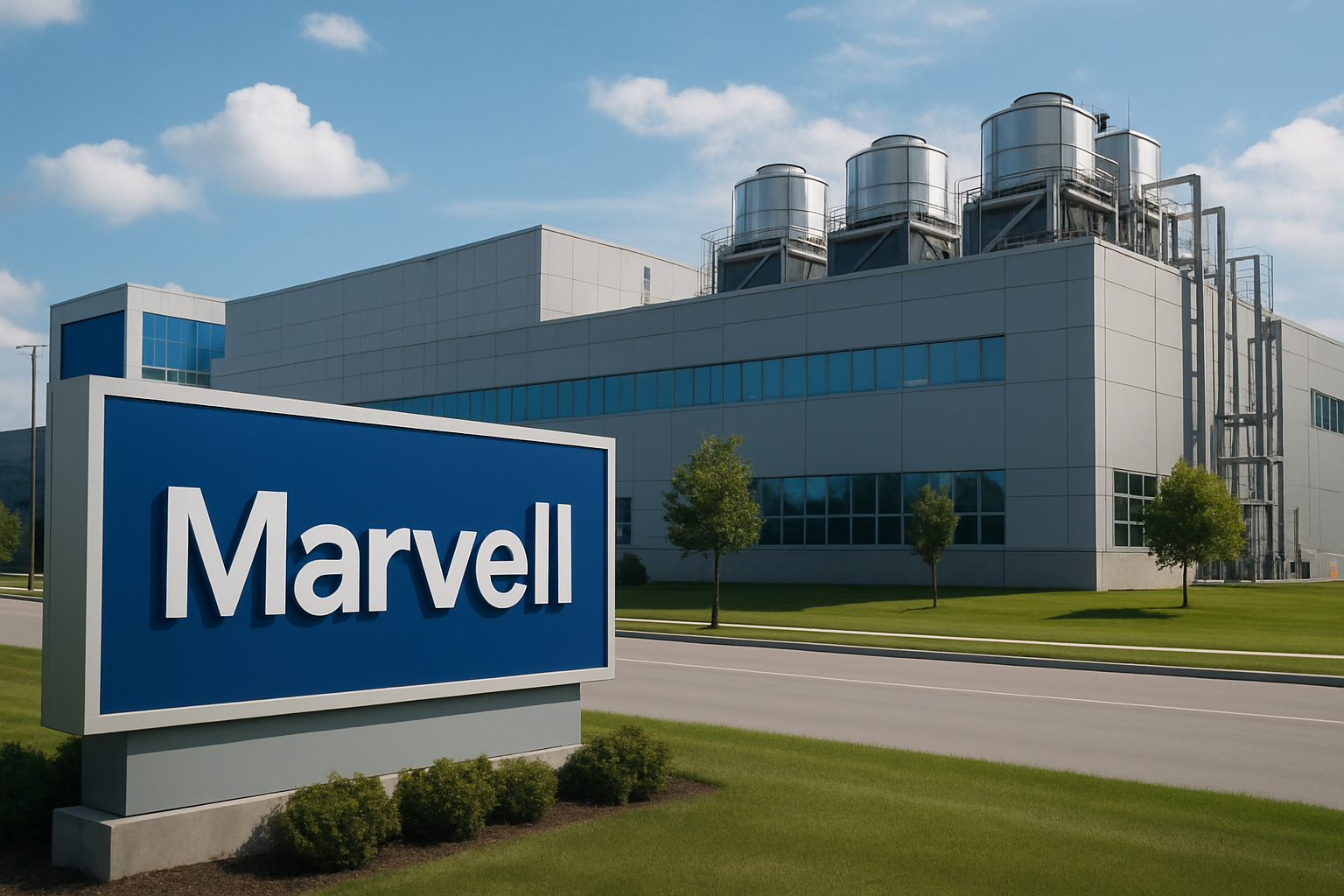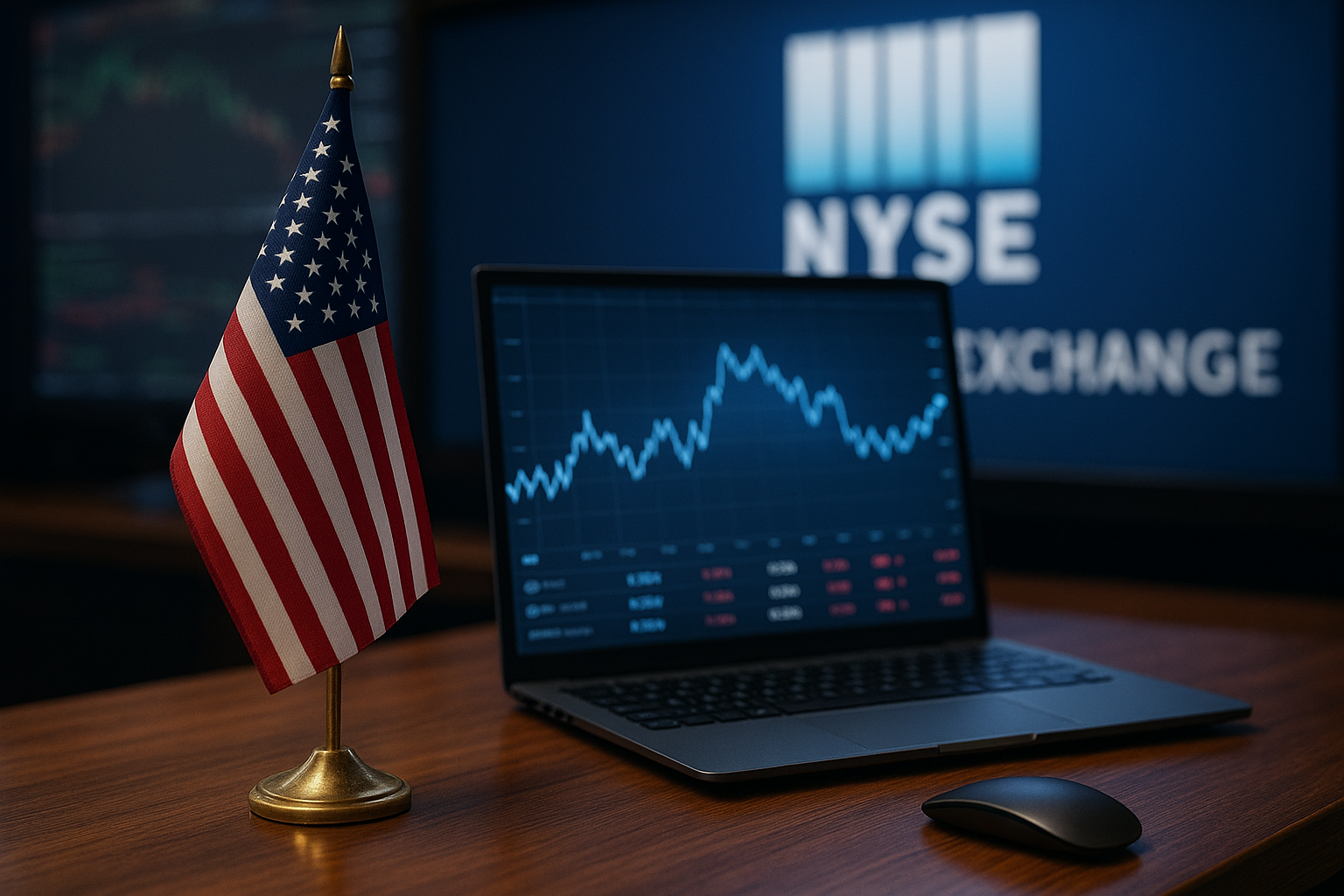Just days after the Biden administration rolled out sweeping tariff reforms on imported semiconductors, Apple Inc. ($AAPL) announced a staggering $100 billion increase in its U.S. investment commitment—raising its total domestic allocation to $600 billion over four years. For investors, this marks more than a headline—it signals a tectonic shift in global tech supply chains and a U.S. policy environment increasingly favorable to homegrown manufacturing.
As trade war tremors resurface and semiconductor self-reliance becomes a national priority, Apple’s move could serve as a harbinger of wider reshoring trends—one that technology investors can’t afford to ignore.
Apple’s Move: More Than Just Optics
According to reports from The Economic Times, The Wall Street Journal, and Reuters, the new $100 billion allocation will target American chip fabrication, clean tech manufacturing, AI datacenters, and logistics infrastructure. This aligns with growing pressure from Washington to localize critical tech supply chains, especially in the face of a 100% import tariff on advanced semiconductors from China and Taiwan, a policy shift aimed at incentivizing domestic innovation.
Apple has reportedly secured exemptions on key chip components through carve-outs granted by the U.S. Trade Representative, giving it a distinct cost advantage while still aligning with the administration’s national security goals. The optics are powerful—but the economics even more so.
Why This Matters for Investors
1. Strengthening U.S. Semiconductor Supply Chains
Apple’s investment will inject fresh capital into domestic chipmakers like Intel ($INTC), GlobalFoundries ($GFS), and Micron ($MU)—potentially accelerating their roadmap for advanced node manufacturing. As Apple leans into U.S. fabs for its custom silicon, suppliers embedded in the domestic ecosystem stand to benefit.
2. Policy Tailwinds for Onshore Manufacturing
The announcement comes amid a wave of regulatory favor for American tech manufacturing. From CHIPS Act funding to targeted tax credits, policy scaffolding is firmly in place to support this expansion. Investors should expect an uptick in infrastructure contracts, supply chain partnerships, and hiring across the semiconductor and advanced manufacturing sectors.
3. AI Infrastructure and Data Centers
A significant portion of the investment is earmarked for expanding Apple’s AI and cloud capabilities within the U.S.—a move seen as essential for supporting Siri’s next-gen LLM models and the Apple Intelligence suite. This could have spillover effects for companies in data center REITs, fiber optics, GPU providers like $NVDA, and renewable energy infrastructure.
4. Competitive Pressure on Rivals
While Apple’s brand strength allows it to move early and secure favorable terms, other firms may face a more difficult transition. Investors should watch for margin compression in firms exposed to offshore production with no tariff protection. Companies like Dell ($DELL), HP ($HPQ), or even Samsung (for comparative global analysis) may see strategic pivots in response.
Future Trends to Watch
- Semiconductor Reshoring: Expect more U.S. companies to follow Apple’s lead. Watch for announcements from Microsoft ($MSFT), Google ($GOOGL), and Amazon ($AMZN) in the AI and cloud compute space.
- Infrastructure Buildouts: From new fabs to gigawatt-scale datacenters, this investment wave will ripple into sectors like industrial construction, clean energy, and equipment manufacturing.
- Policy-Driven Alpha: As trade tensions linger, winners will be those firms positioned within the favorable zones of U.S. industrial and trade policy. Sector ETFs like SOXX, SMH, and XLI may see upward momentum.
Key Investment Insight
Apple’s $100 billion boost is not just a capital infusion—it’s a strategic repositioning. Investors should monitor:
- U.S.-based suppliers with direct or indirect exposure to Apple
- Infrastructure developers in the datacenter and clean tech space
- Firms benefiting from U.S. tariff carve-outs and CHIPS Act alignment
Short-term volatility may arise from shifting global production costs, but long-term value is likely to accrue around reshoring beneficiaries and policy-favored innovation clusters.
For daily insights on how tech, policy, and capital intersect—follow MoneyNews.Today, your trusted source for sharp, actionable investor analysis.





